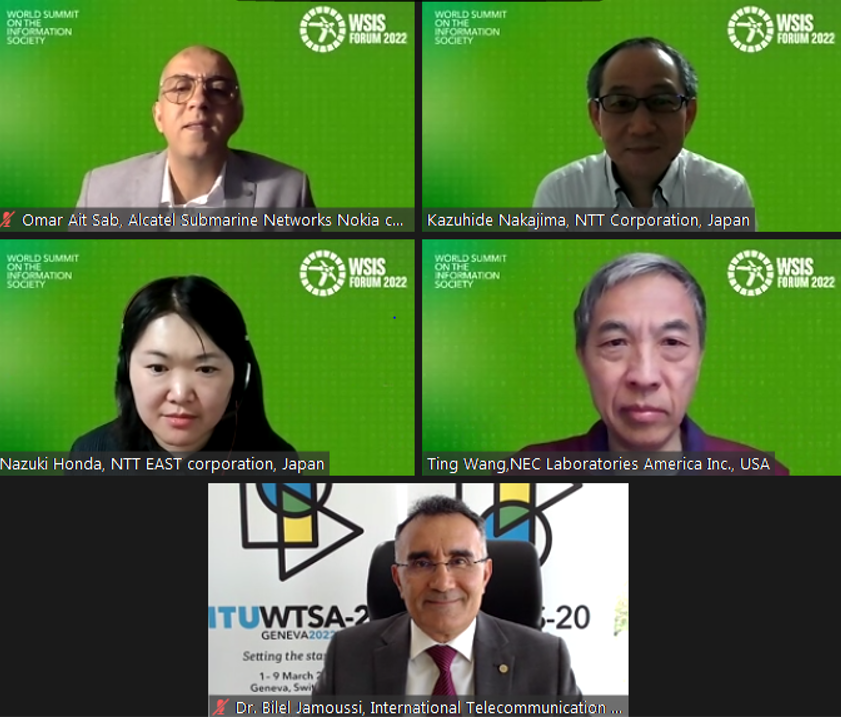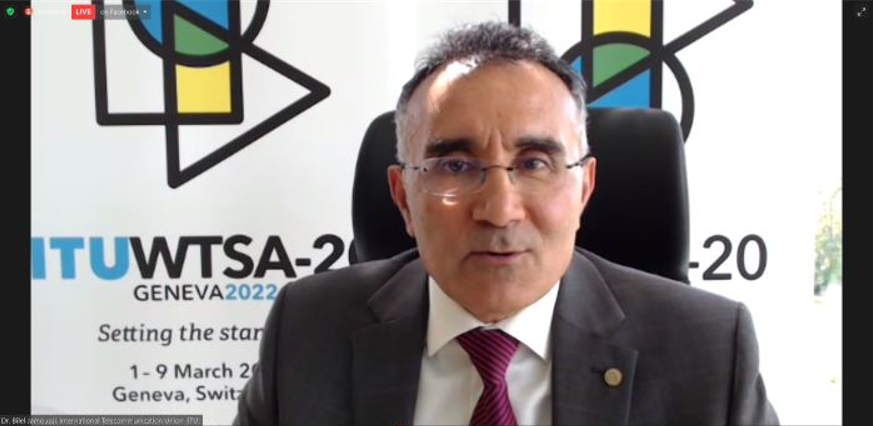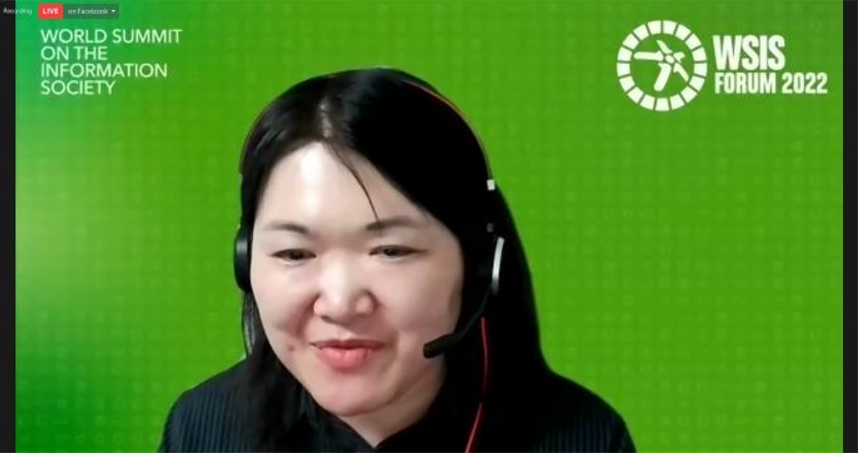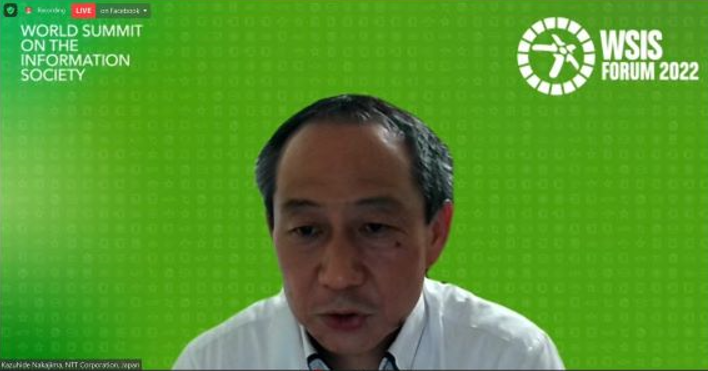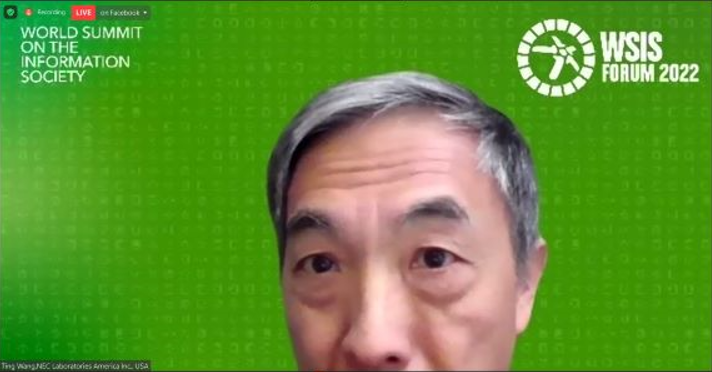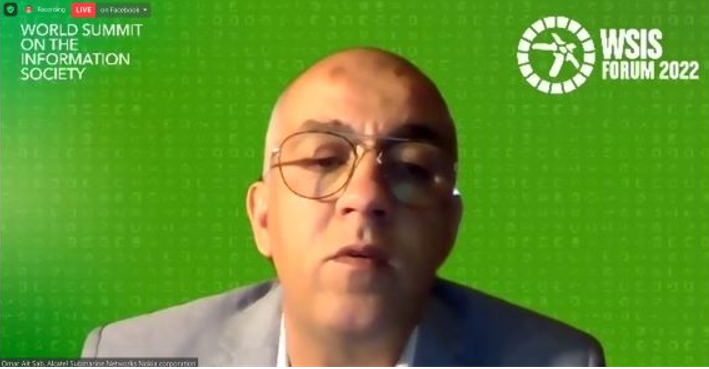Five perspectives for future optical fibre cable and infrastructure technologies
ITU-T Study Group 15
Session 172
Part 2: Future optical fibre cable and infrastructure technologies for sustainable growth, and global and local environment
Since the first international Recommendation for an optical fibre was established in 1980, optical fibre cable technology and associated international standards have significantly evolved. Optical communication continues to be deployed worldwide, greatly improving our lifestyle and quality. Depending on infrastructure deployment conditions, limited accessibility to optical communication may cause non-negligible digital divide. Future global optical network needs Peta-bit class capacity in an optical submarine system. Massive parallelism of optical fibre cable will also be needed in future terrestrial network. Moreover, global environmental change requires new role for an optical fibre cable network. To support these future perspectives, optical fibre cable and infrastructure need advanced technologies and new growth strategy.
In this session, latest trend and emerging technology for optical fibre cable and infrastructure will be discussed from five viewpoints. These are optical fibre cable and infrastructure technologies for:
- Full connected world,
- 5G and beyond,
- Smart maintenance,
- Sustainable growth,
- Global and local environment.
This session consists of two parts.
- Part 1 covers “Full connected world”, “5G and beyond”, and “Smart maintenance”,
- Part 2 discusses “Sustainable growth” and “Global and local environment”.
Six individual presentations will be made from experts in international standardisation and research field. These presentations also consider the latest topics in Question 5 “Characteristics and test methods of optical fibres and cables, and installation guidance”, Question 7 “Connectivity, operation and maintenance of optical physical infrastructures” and Question 8 “Characteristics of optical fibre submarine cable systems” of ITU-T Study Group 15.
Agenda of Part 2 - Future optical fibre cable and infrastructure technologies for sustainable growth, and global and local environment
Moderator: Ms. Nazuki Honda (NTT EAST)
- Talk 4: New concept of optical fibre cable for sustainable growth
(Keywords: Multicore/Multimode fiber; Space division multiplexing (SDM) technology for optical fibre and cable; and so on)
Panellist: Mr. Kazuhide Nakajima (NTT)
- Talk 5: Optical fibre network based distributed sensing
(Keywords: Distributed optical fibre sensing; Structural health monitoring; and so on)
Panellist: Mr. Ting Wang (NEC)
- Talk 6: New role of optical fibre network for global environment
(Keywords: Optical submarine network for global sensing; G.smart: Scientific monitoring and reliable telecommunications submarine cable systems; G.dsssc: Dedicated scientific sensing submarine cable system; and so on)
Panellist: Mr. Omar Ait Sab (Nokia)
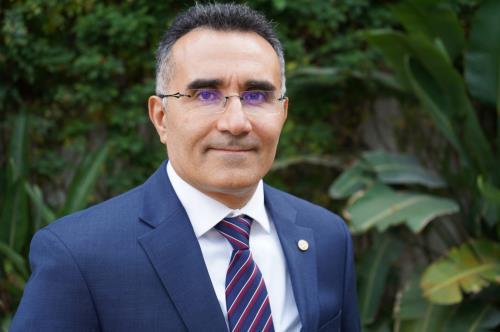
A distinguished engineer, leader, and diplomat; multilingual standardization expert and holder of 22 patents, Tunisian born Dr. Bilel Jamoussi has been Chief of the Study Groups Department of ITU Standardization Bureau (TSB) in Geneva Switzerland since 2010.
He has led the coordination of the bureau’s standards moving activities into a new era characterized by digital transformation that needs an increased collaboration with vertical sectors such as healthcare, transportation, utility, and banking. His innovative approach has served as a catalyst to launch new standards initiatives related to emerging technologies such as IoT, Blockchain, AI, and Quantum, attracting a new wave of memberships from non-traditional players.
He has also been credited with bringing the telco and financial sectors together to develop digital payments guidelines and standards with the aim of advancing financial inclusion globally.
Bilel is recognized as a key figure in the ICT industry. Key achievements under his tenure have been important new standards while effectively managing staff by recruiting new talent, improving gender balance, delivering new work methods, and staying within budget.
Prior to 2010, he worked in the private sector for 15 years and held senior executive positions such as Director of Standards for Nortel. In this role, he participated in over 90 standards-making bodies worldwide. In the Internet Engineering Task Force (IETF), he authored a number of Internet standards.
As an IEEE Senior Member, he was elected to the IEEE Standards Association (IEEE-SA) Board of Governors and the IEEE-SA Corporate Advisory Group.
He holds a BSc, MSc, and Ph.D. degrees in Computer Engineering from the Pennsylvania State University, USA.
Bilel has lived in Tunisia, Canada, the USA, and Switzerland, giving him a unique global viewpoint. He is fluent in Arabic, French, and English and speaks some Spanish and German.
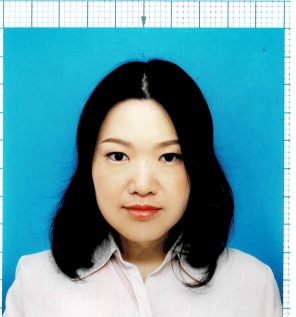
Nazuki Honda received the B.E., M.E., and Ph.D. degrees in electrical and computer engineering from Yokohama National University, Kanagawa, Japan, in 1996, 1998, and 2010, respectively..
In 1998, she joined NTT Access Network Service Systems Laboratories, Ibaraki, Japan, where she was involved in research and development of operation and maintenance technologies for optical fiber networks. Since 2021, she has been in Technical Assistance and Support Center, NTT EAST. She is a Member of the Institute of Electrics, Information and Communication Engineers of Japan.
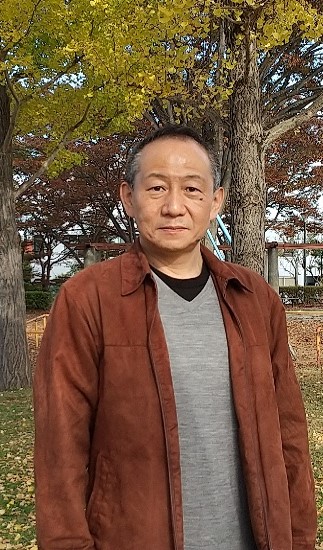
Mr. Kazuhide Nakajima received his M.S. and Ph.D. degrees in electrical engineering from the Nihon University, Chiba, Japan, in 1994 and 2005, respectively.
In 1994, Kazuhide Nakajima joined Nippon Telegraph and Telephone (NTT) Corporation, where he has been engaged in research on optical fiber design and related measurement techniques. He is currently a Senior Distinguished Researcher with the Access Network Service System Laboratories.
Kazuhide Nakajima has been acting as a Rapporteur of Q5/SG15 of ITU-T since 2009.
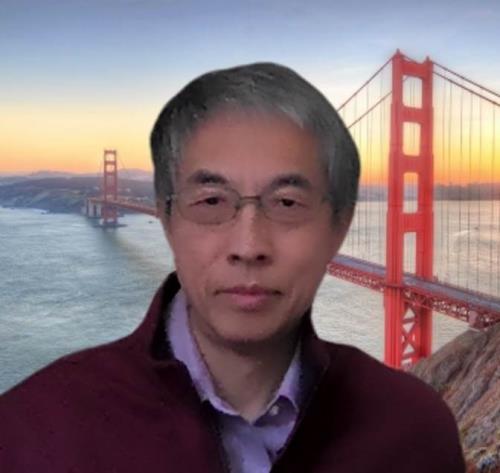
Mr. Ting Wang is a department head at NEC Laboratories America Inc., Princeton, New Jersey. He joined NEC Research Institute in 1991 and conducted research in the areas of optical interconnections and optical communication subsystems.
He currently leads a research group inside NEC to develop next-generation optical communications and networking technologies and also promote new optical sensing technology applied to existing optical network infrastructure and its commercialisation.
Ting Wang has co-authored over 120 technical papers and holds more than 150 U.S. patents.
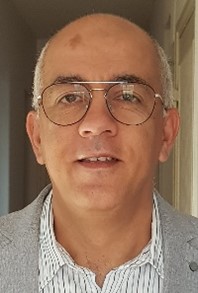
Mr. Omar Ait Sab was born in Casablanca Morocco in 1971. He received the Ph.D. degree in digital communication from the Ecole Nationale Supérieure des Télécommunications de Bretagne, France in 1998.
Omar Ait Sab joined Alcatel Submarine Networks (ASN) as design expert for enhanced error correcting codes for DWDM transmission systems in 1998. He was involved in the design of FEC coding schemes for 10Gbps, 40Gbps and 100Gbps DWDM transmission systems. He worked in a number of engineering and products development at ASN. In 2013, he received the Bell Labs Distinguished Member of Technical Staff award. Since 2018, he has led the design of the new optical submarine supervision system.
He authored and co-authored more than 40 papers and patents including a chapter in “Undersea Fiber Communication” book.
Omar Ait Sab has contributed to ITU-T Study Group 15 Recommendations since 2007 and he is currently the Rapporteur of Question 8 group dealing with submarine transmission systems.
-
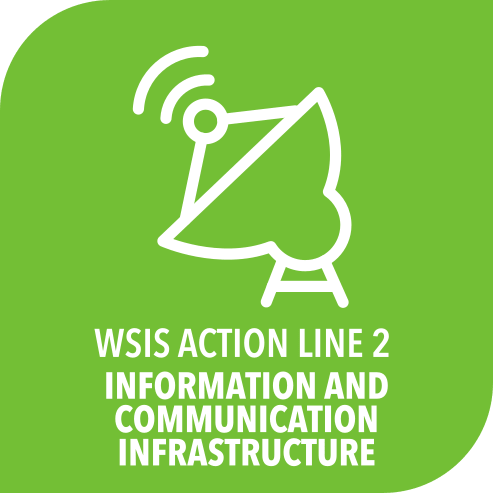 C2. Information and communication infrastructure
C2. Information and communication infrastructure
The links between Part 2 of the ITU-T Study Group 15 session and the selected C2 related WSIS Action Line are:
- Technical aspects of the broadband physical infrastructure deployment for sustainable growth and development
- International standards for optical fibre cable and infrastructure technologies
- Latest trend and emerging technology for optical fibre cable and network infrastructure
In this Part 2 of the ITU-T Study Group 15 session, optical fibre cable and infrastructure technologies will be presented and discussed, specially:
- New concept of optical fibre cable for sustainable growth,
- Optical fibre network based distributed sensing ,
- New role of optical fibre network for global environment.
-
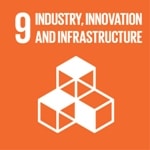 Goal 9: Build resilient infrastructure, promote sustainable industrialization and foster innovation
Goal 9: Build resilient infrastructure, promote sustainable industrialization and foster innovation
The links between Part 2 of the ITU-T Study Group 15 session and the selected Goal 9 related Sustainable Development Goal are:
- Technical aspects of the broadband physical infrastructure deployment for sustainable growth and development
- International standards for optical fibre cable and infrastructure technologies
- Latest trend and emerging technology for optical fibre cable and network infrastructure
In this Part 2 of the ITU-T Study Group 15 session, optical fibre cable and infrastructure technologies will be presented and discussed, specially:
- New concept of optical fibre cable for sustainable growth,
- Optical fibre network based distributed sensing,
- New role of optical fibre network for global environment.
ITU-T Study Group 15 webpage
https://www.itu.int/en/ITU-T/studygroups/2022-2024/15/Pages/default.aspx
